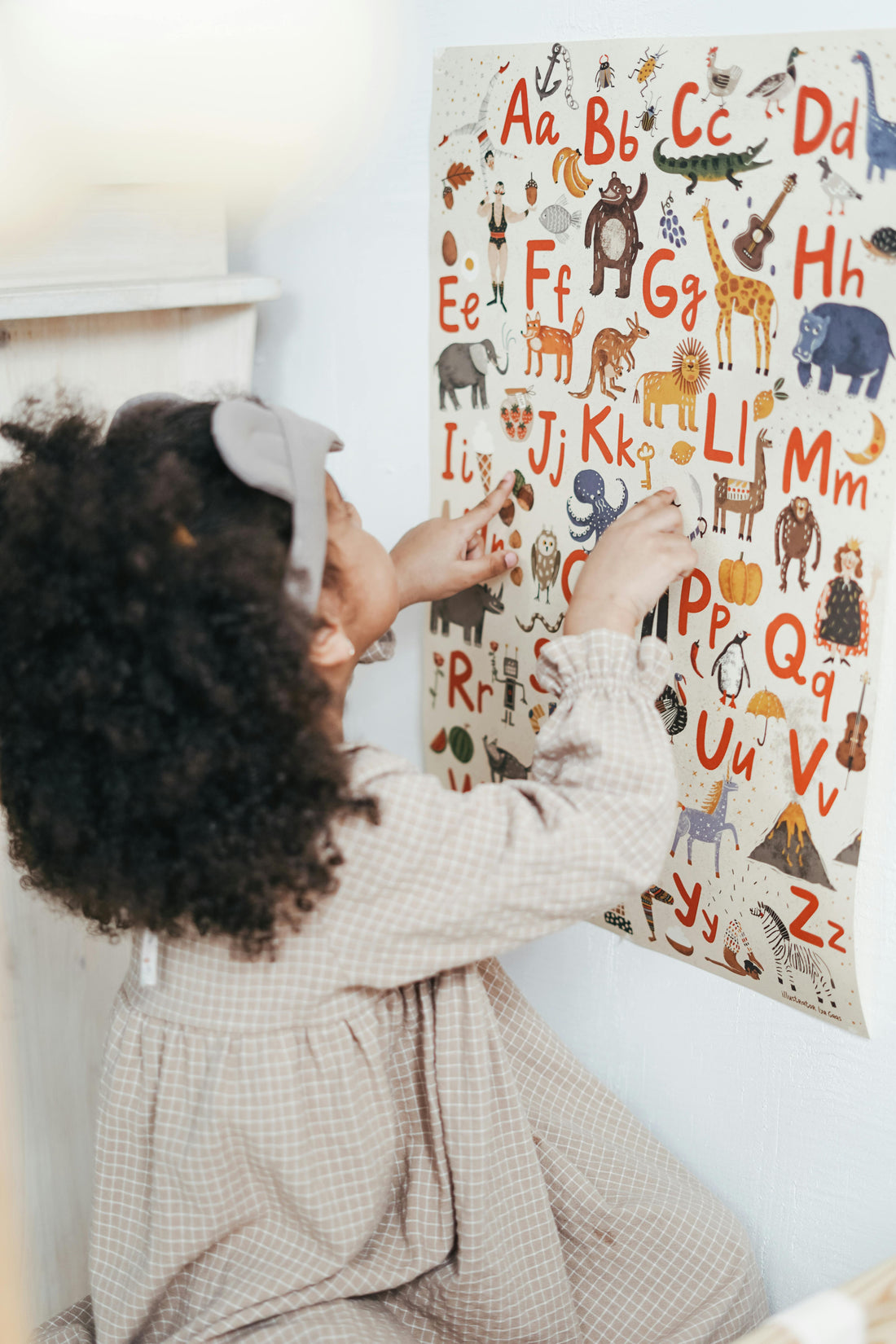Kids experience big emotions every day—joy, frustration, sadness, excitement—but they don’t always have the words to express them. That’s where visual storytelling comes in. Animated films, picture books, and other forms of media use engaging characters and vivid imagery to help children understand their emotions and navigate the world around them.
Why Visual Storytelling Works for Kids
Children process information differently than adults. They learn best through stories, images, and experiences rather than abstract concepts. Visual storytelling brings emotions to life in ways that kids can relate to, making difficult topics like grief, fear, and resilience easier to grasp.
Take movies like Inside Out, which personifies emotions like Joy, Sadness, and Anger, helping kids see that all feelings are valid and necessary. Or Hair Love, which uses powerful animation to tell a heartfelt story about love, loss, and family. These stories don’t just entertain—they teach, comfort, and validate children’s feelings in ways that traditional conversations often can’t.
The Role of Animated Films in Emotional Learning
Animated films provide a safe space for children to explore emotions. When kids see a character struggle with sadness or anxiety, they recognize those feelings in themselves. This helps them develop emotional intelligence and the ability to process complex situations.
For example, a child who has experienced loss may not be able to articulate their grief, but watching a character go through a similar journey can help them feel understood. Seeing a story unfold visually can also spark important conversations between kids and their parents or teachers about what they’re feeling and how to cope with life’s challenges.
How Parents and Teachers Can Use Visual Storytelling
Parents and educators can harness the power of visual storytelling to help kids navigate big emotions. Here’s how:
-
Use Films and Books as Conversation Starters – After watching a movie or reading a book, ask kids how they think the character felt and if they’ve ever felt the same way.
-
Encourage Creative Expression – Have children draw, act out, or write about their own emotions, inspired by the stories they watch.
-
Normalize All Emotions – Reinforce the idea that feelings like sadness and anger are just as normal as happiness and excitement.
Why Stories Like Jurni Matter
That’s exactly why Jurni was created—to help kids process grief, healing, and hope in a way that feels natural and meaningful. Through animation, Jurni will offer children a story they can see themselves in, making big emotions feel less overwhelming and more manageable.
At Jurni, we're working to bring these themes of grief, healing, and hope to life through an animated short film inspired by our story. If you’d like to support this project, please visit our Kickstarter campaign or learn more on the Jurni website. Together, we can create something meaningful for families navigating their own journeys.

